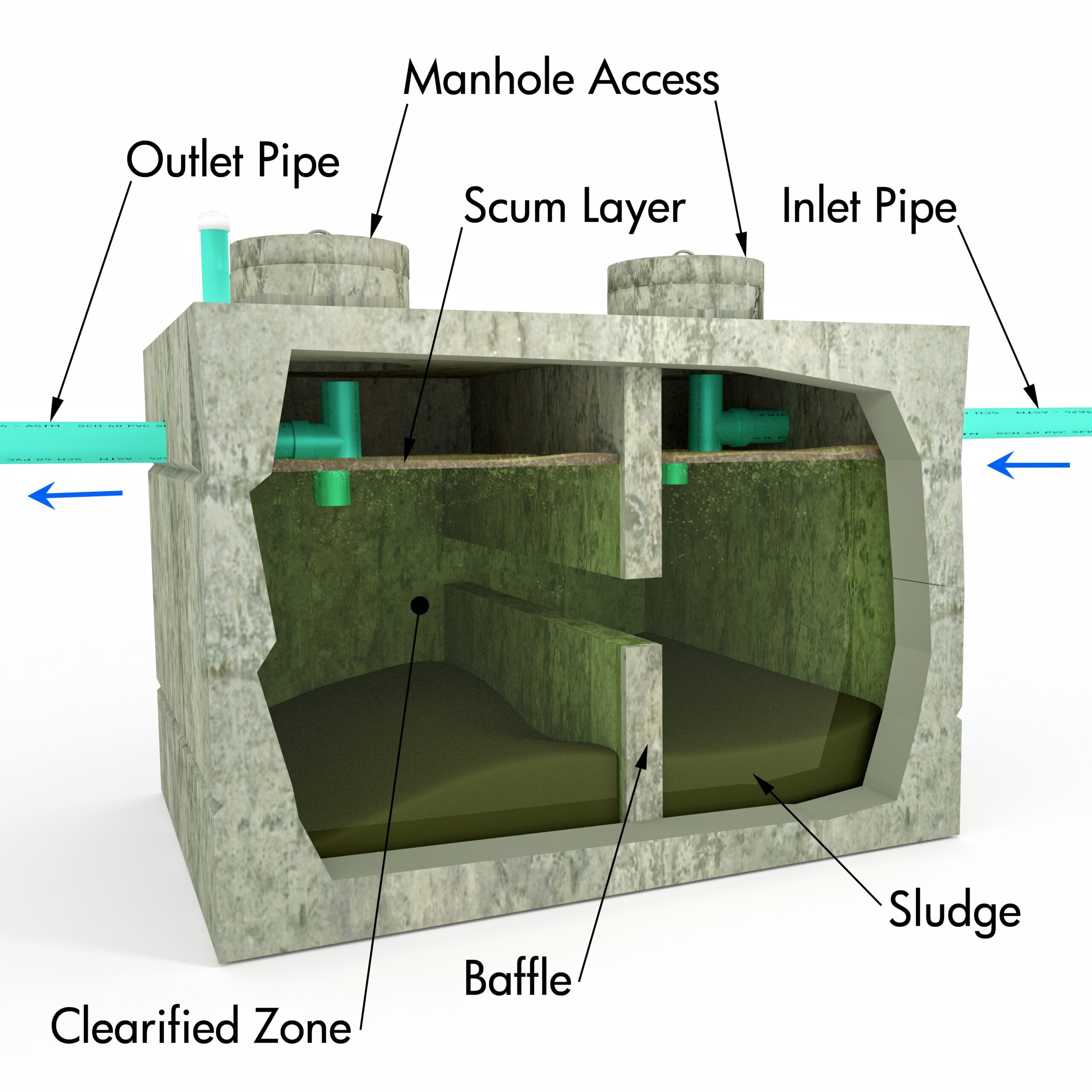7 Warning Signs Your Septic Tank Is Full (And What to Do About It
Your septic system might be out of sight, but it shouldn’t be out of mind. Ignoring a full septic tank can lead to costly repairs, foul odors, and even health hazards.
Fortunately, your septic system gives off warning signs when it’s time for a pump-out. In this guide, we’ll walk you through the top 7 signs your septic tank is full — and what you should do if you notice them.
1. Slow Drains Throughout the House
One of the most common signs of a full septic tank is slow drainage in sinks, tubs, and showers. If it’s not just one drain acting sluggish, but all of them, it’s a red flag that your septic system could be overloaded. Don’t rush to pour chemical drain cleaners down — these can damage your septic system. Instead, consider calling a professional to inspect the tank’s level.
2. Foul Odors Indoors or Outdoors
If you’re noticing an unpleasant sewage smell in your yard or even inside your home, it could be a sign that your septic tank is full or that your system is backed up. These odors are caused by gases escaping the system because the tank can no longer contain them. This is one of the more urgent warning signs, and you should schedule an inspection right away.
3. Sewage Backup in the House
This is perhaps the most alarming symptom of a full septic tank. If you notice raw sewage backing up into toilets, sinks, or bathtubs, it’s a clear indicator that the tank is at capacity or that the drain field is failing. Stop using water in your home immediately and contact a septic service provider to avoid further contamination and damage.
4. Pooling Water in the Yard
If you see unexplained puddles or wet spots in your yard — especially around the area where your septic tank or drain field is located — it may mean the tank is full and leaking. This runoff can contain harmful bacteria, so avoid contact and schedule a pump-out immediately.
5. Lush Grass or Plant Growth Around the Drain Field
While a green lawn might usually be a good sign, unusually vibrant or fast-growing grass above the septic tank or drain field can indicate a leak. A full septic tank may be discharging nutrient-rich waste into the soil, essentially fertilizing your yard — not exactly a healthy situation.
6. Gurgling Sounds in Plumbing
Hearing odd gurgling noises when flushing toilets or running sinks could mean that the tank is full and the water is struggling to flow through the system. These noises can occur as waste has nowhere to go and starts putting pressure on the plumbing lines.
7. It’s Been More Than 3–5 Years Since Your Last Pump-Out
Even if you haven’t noticed any of the signs above, septic tanks should be pumped every 3–5 years depending on household size and usage. If you can’t remember the last time yours was serviced, it’s likely overdue. A routine schedule prevents emergencies and extends the life of your system.
What to Do If You Suspect Your Septic Tank Is Full
- Stop using excess water: Avoid flushing toilets, running washing machines, or taking long showers to prevent further strain on the system.
- Call a septic service professional: A licensed technician can inspect the tank and determine if it needs to be pumped or if other issues are present.
- Avoid digging or opening the tank yourself: Septic systems contain dangerous gases and waste that can be hazardous without proper training and equipment.
How to Prevent Future Septic Tank Problems
The best way to avoid septic system disasters is through regular maintenance and smart usage habits. Here are a few tips to keep your system healthy:
- Schedule routine pumping: Get your tank pumped every 3 to 5 years depending on use and size.
- Watch what you flush: Only flush toilet paper. Never flush wipes, feminine hygiene products, grease, or food scraps.
- Use water efficiently: Fix leaks, install low-flow fixtures, and spread out laundry loads to reduce system overload.
- Protect your drain field: Don’t drive or build over it, and don’t plant trees nearby whose roots may interfere.
- Keep records: Maintain a log of your pumping schedule, inspections, and any repairs made to your system.
When to Replace vs. When to Pump
Not every issue with your septic system means you need a full replacement. Pumping is a routine part of septic maintenance, but if you’re experiencing repeated backups, frequent pumping needs, or signs of drain field failure, it might be time to consider a system upgrade. A professional can assess whether repairs, pumping, or replacement is the best option.
Final Thoughts
A full septic tank isn’t just an inconvenience — it’s a serious issue that can escalate into health and property damage. Knowing the warning signs helps you act fast, avoid costly repairs, and maintain a safe, functional home. Stay on top of your maintenance schedule, pay attention to the clues, and call a professional when in doubt.




